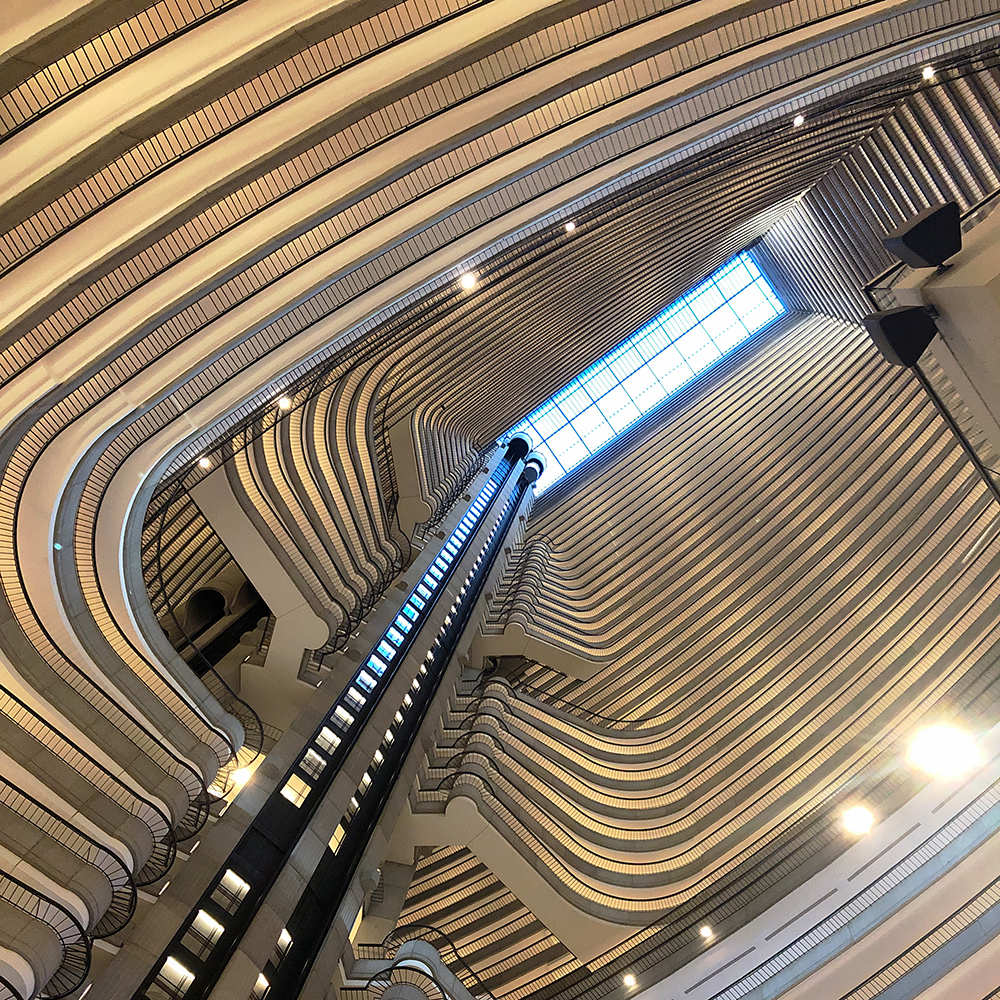ACSA Ι Jan. 14, 2019
If you ever wondered why architecture is important—look up and around. You are likely surrounded by it right now. Architecture’s grasp—that is, buildings and the designed environment—ends only in extreme conditions (the bottom of the ocean, the atmosphere, and a few dwindling spots on terrestrial earth.)
Unique among creative and artistic professions, architecture must always reflect the age and cultural context that produced it. Designing and building architecture takes time, money, and collaboration (from financiers, civic officials, builders, architects, and more). It doesn’t happen in a vacuum and can never truly have just one author. Architects work with dozens if not hundreds or thousands to shape their buildings, and along this chain, a deeper and richer set of values are transmitted; ones that define exactly how cultures see themselves and their world, and also how people see and experience each other.
Beyond merely providing shelter, architecture becomes the stage set and context for our lives. It’s the reason we feel empowered on the roof deck of an 80-story building, connected and thriving in a busy public plaza, and humbled in a soaring cathedral. Communities form within and at the behest of architecture, and take on their buildings’ characteristics. Architecture connects to economics and the sciences, and the people that practice it can both be detail-oriented technicians (solving equations that push buildings higher into the sky, or conserving every possible electron of electricity pumped into its walls), and poets of space and form.
An architect once told me: When you learn about ancient cultures, the first thing people point to is their architecture, because it’s so expressive of who they were. The example they used was ancient Egypt. Take a look at the pyramids and the Sphinx, and you’ll get a good idea of how they regarded their rulers, their religion, and the qualities of the land that they drew their building materials from. The towering feats of delicate, narrative stone masonry that made up Gothic architecture, emerging in Europe in the Middle Ages, was a perfect counterpoint to its age of reverence verging on fear of divinity, during a period of grim instability. The Industrial Revolution, which re-organized the world along rational standards of machine production, inevitably birthed Modernism, which used mass-produced steel and glass to replicate this emerging order in cities. All revolutions, especially political ones, turn to architecture immediately to create their most prominent monuments. And this ability of architecture to explain its age happens whether a building is an elaborate showpiece or a banal standby.
Spend some time observing how architecture reflects culture, and you’ll get the sense that it’s less of a profession and more of a world-view, a lens with which to interpret all of your surroundings. As such, it lends itself to so many visually creative mediums that call for the conceptualizing of space—graphic design, video production, film, etc.
The inherently public nature of architecture means that the work architects do is akin to sociology and psychology; setting the stage for social behaviors and interior reactions. Who is encouraged to enter into a space or community, and who is dissuaded? How are people made to feel in given context? Why does a prison feel different from a library? And should it? The shape and function of public space is arrived at by political means, so by extension, architects are de facto politicians.
Defining architecture only in terms of other professions does it a disservice, and there’s a body of knowledge within architecture that’s separated from the practical concerns of building, and it’s completely speculative, avant-garde, and radically critical of the way the world works. Looking at the built world critically, instead of considering it a set of established and ironclad traditions, reveals that architecture is an entirely synthetic, human creation. It can take nearly any shape we want it to. Patterns we see everywhere (like peaked roof connotations of home, or the majestic columns in an old bank) don’t spring from definitive wisdom about how things should look, although their repetition seems to hint at ultimate consensus. They’re actually the result of idiosyncratic accumulations of cultural values, the materials available, economics, and geographic location and climate. Most all of these factors are mutable, so while architecture evolves slowly compared to other artistic mediums, it still evolves. Architecture is futurism, and each time it offers a critique that suggests new ways to live, work, or play, it becomes a feat of world-building that makes it hard to distinguish from science fiction.
And that’s quickly moving on from being a privilege to becoming mandatory, given that buildings and the built environment are the single largest source of carbon emissions driving catastrophic climate change. Climate change is a design problem, and any Green New Deal meant to tackle it will need legions of architects to take up the cause. This will mean both increasing production of buildings that require little to no fossil fuels to run, and dealing with the already swelling ramifications of not having done so in the past, like continually flooded coastal cities and the constant siege of hurricanes. And culturally, the new political and economic structures required to organize these revolutionary reforms will need expression in fresh architecture; another revolution to be catalogued in built form. Architecture is inherently interested in the future, and architects are trained to envision the world not as it is, but as it could be.
